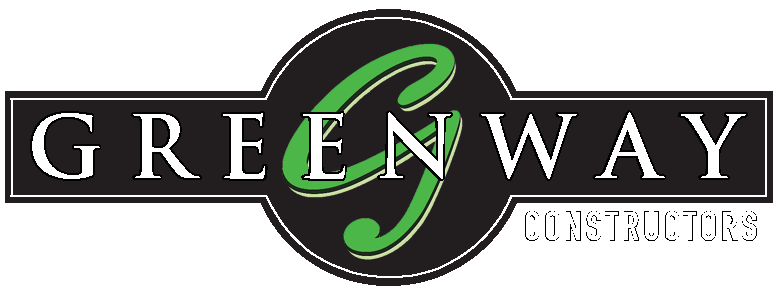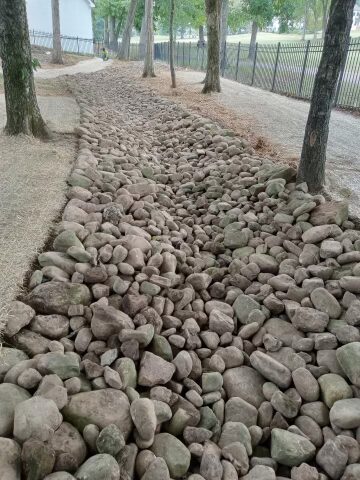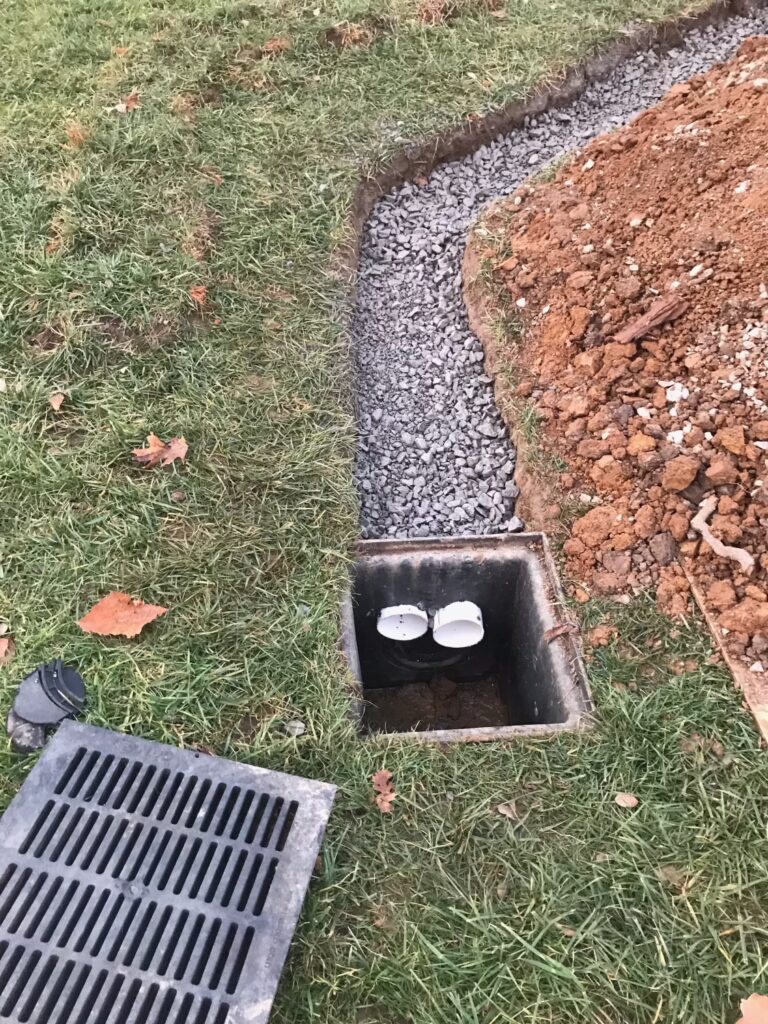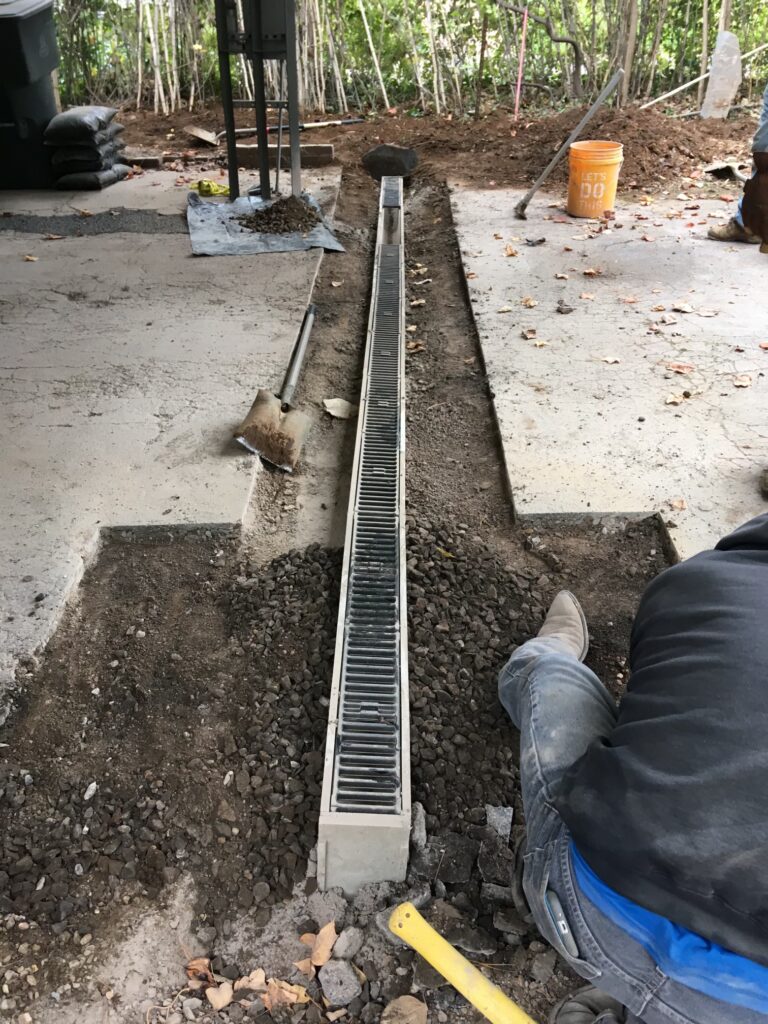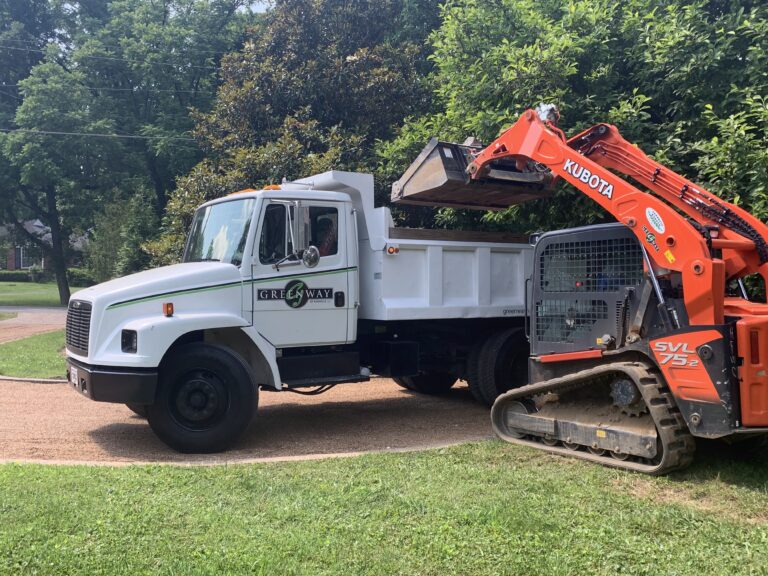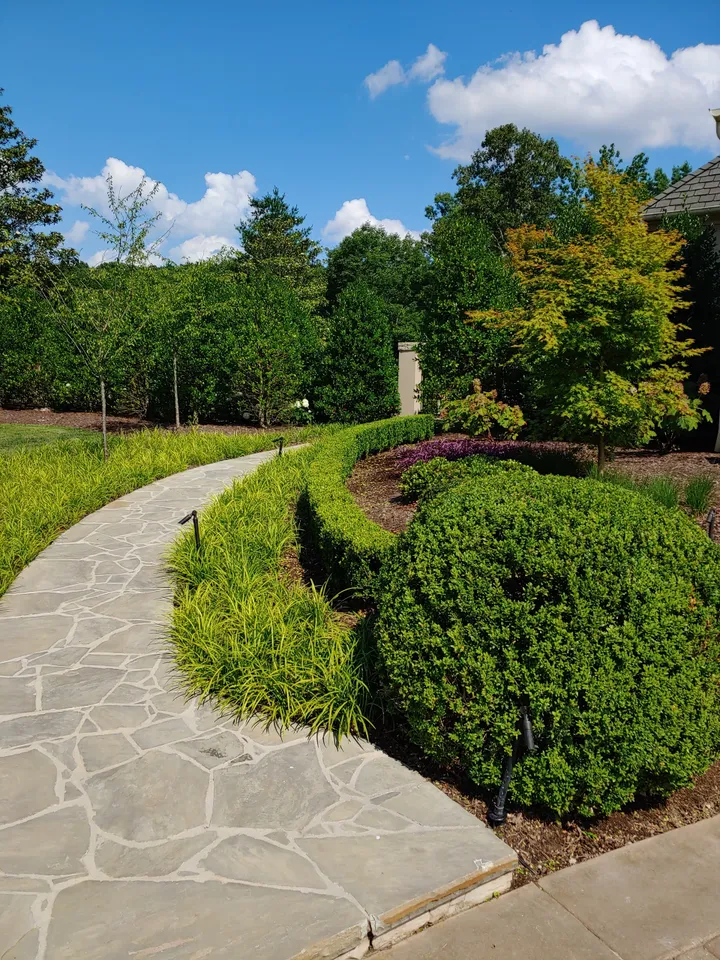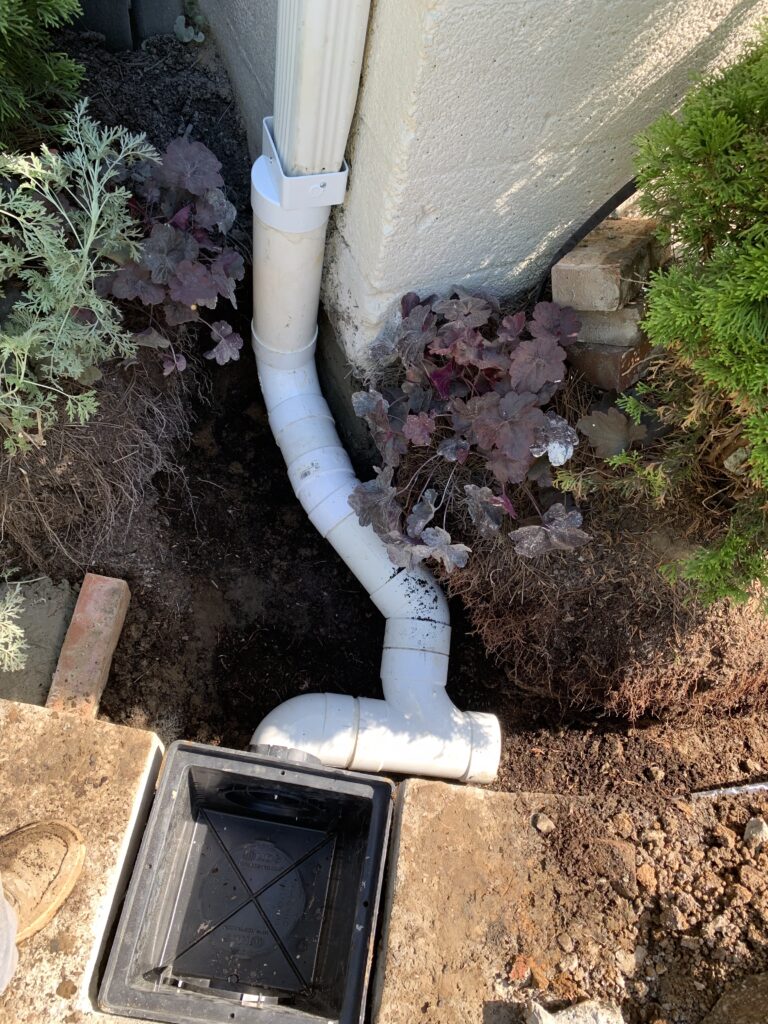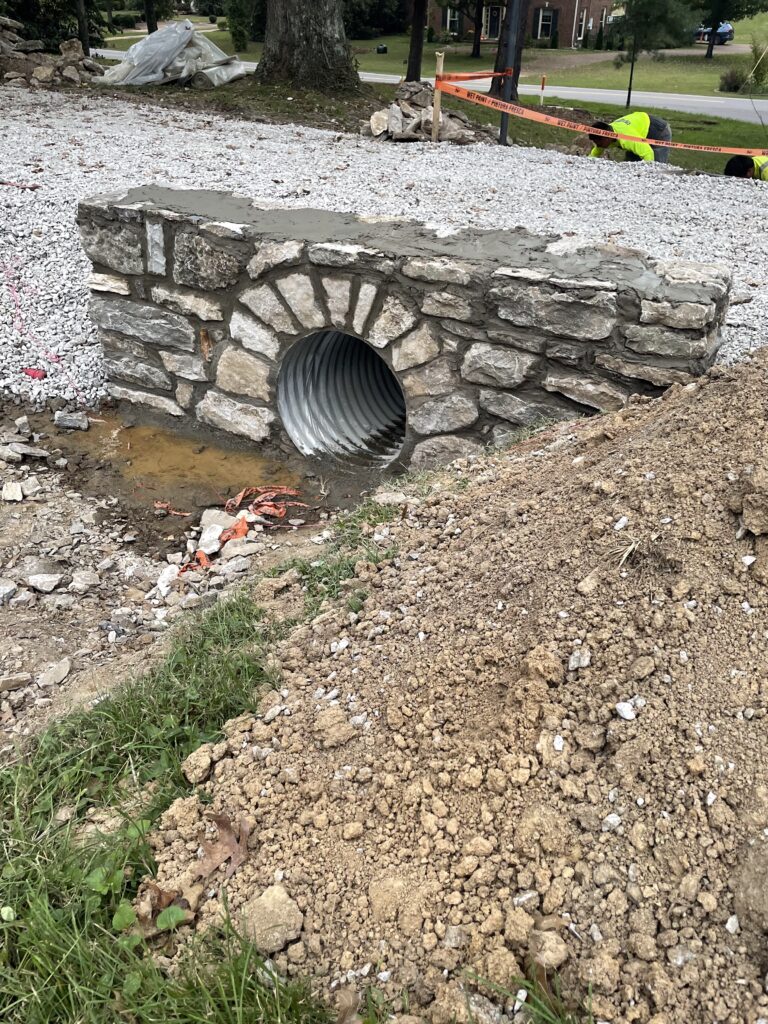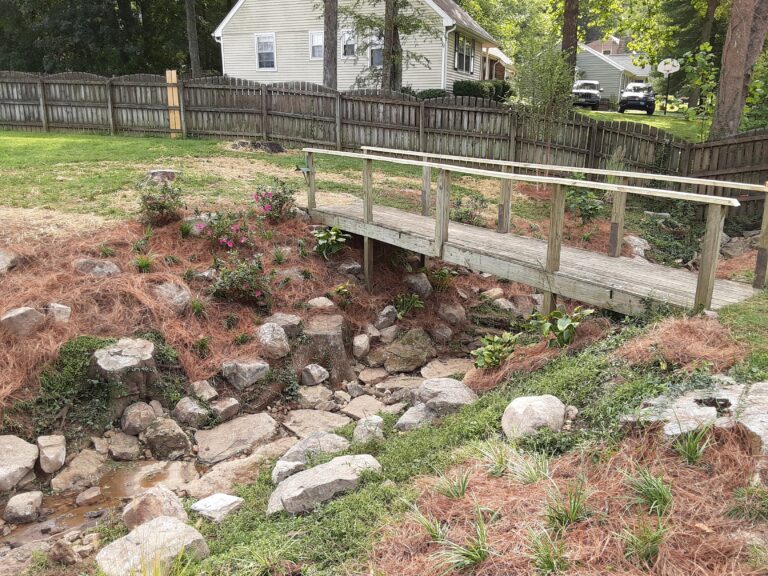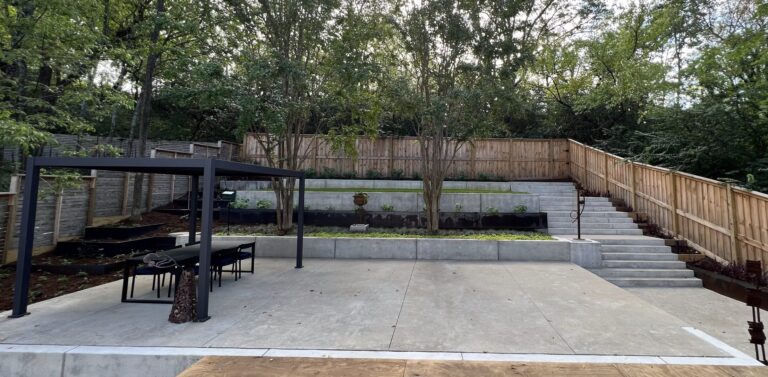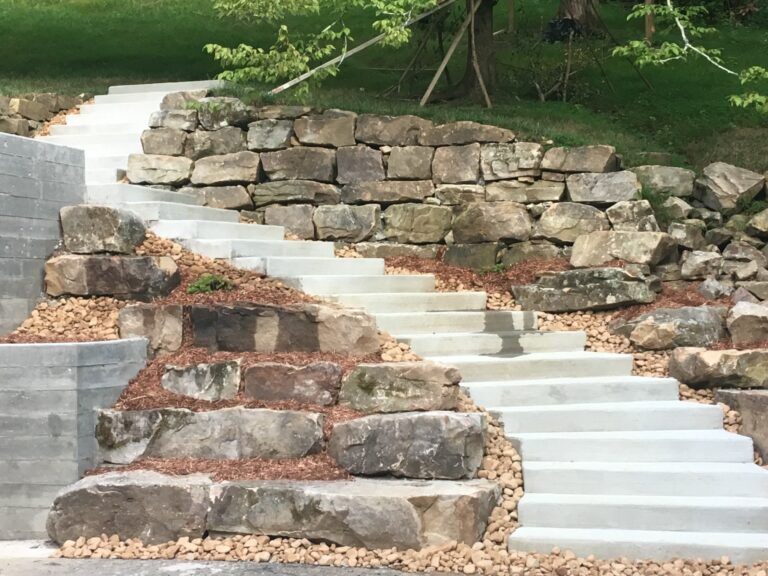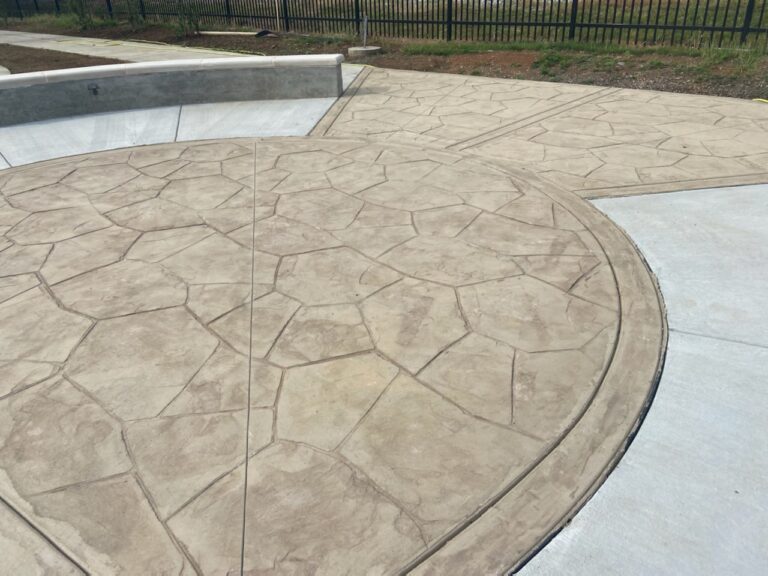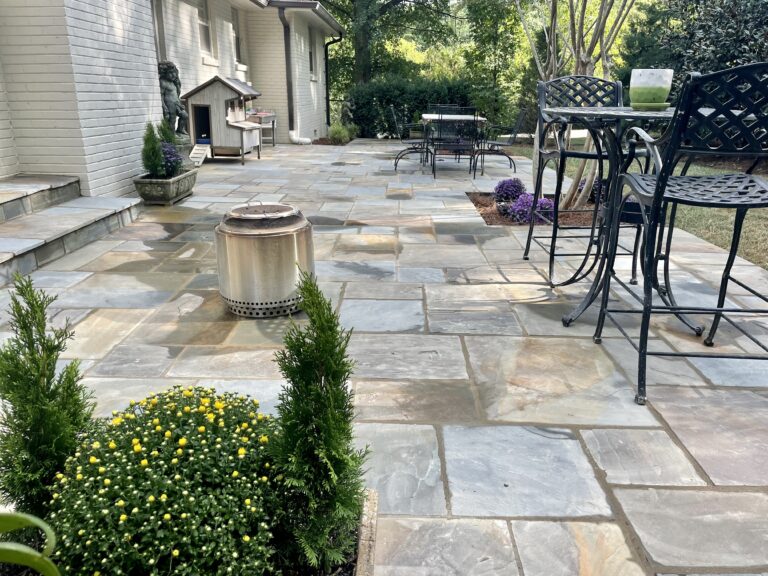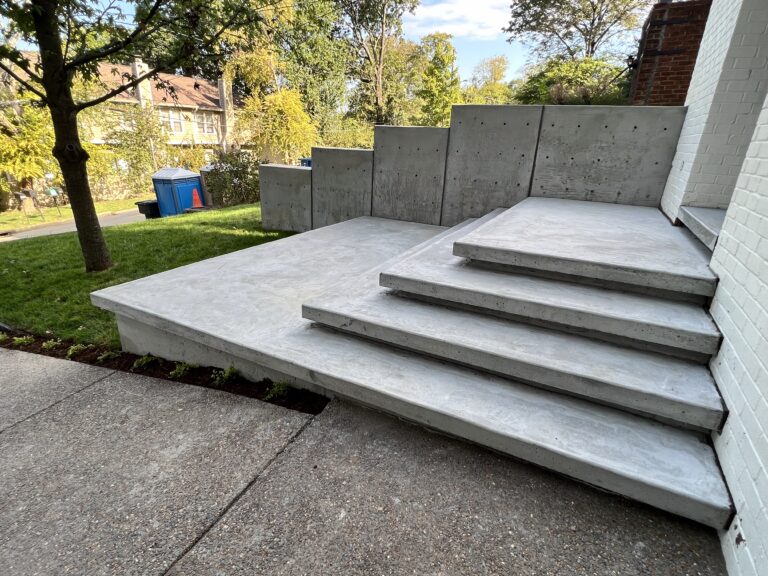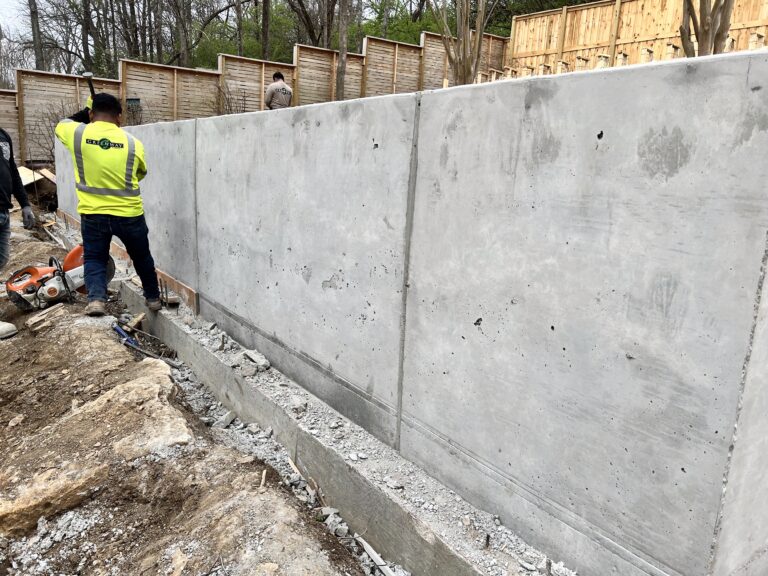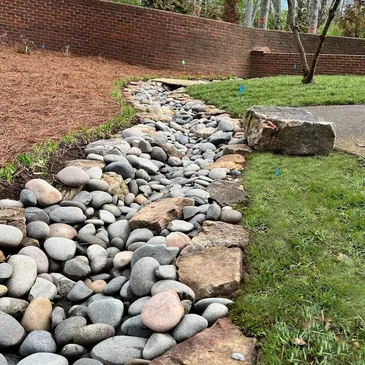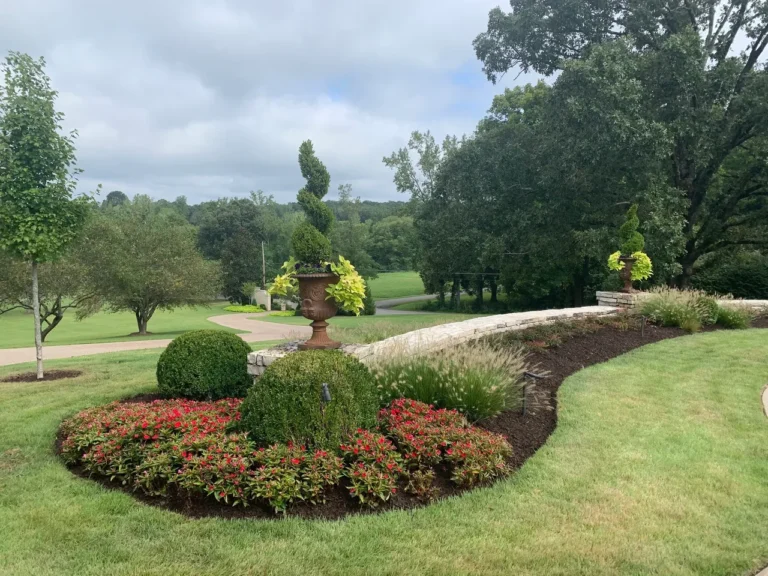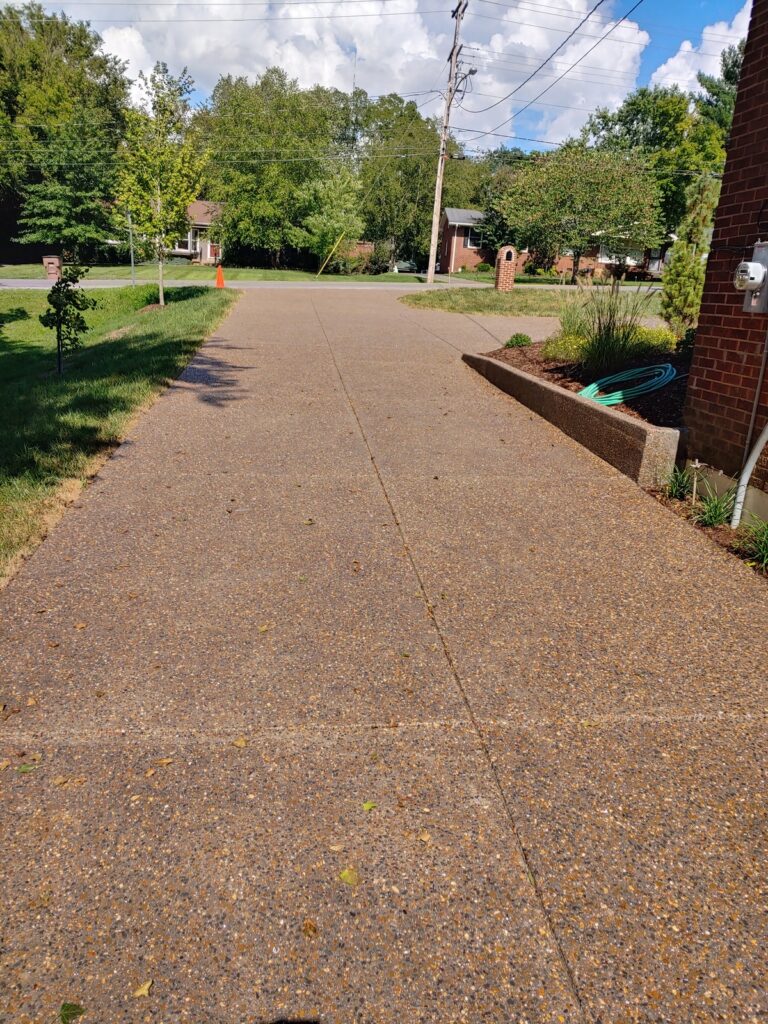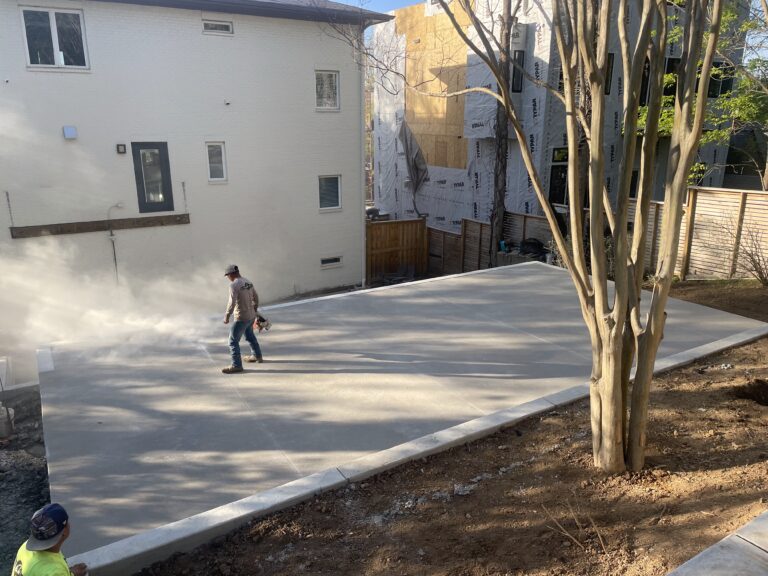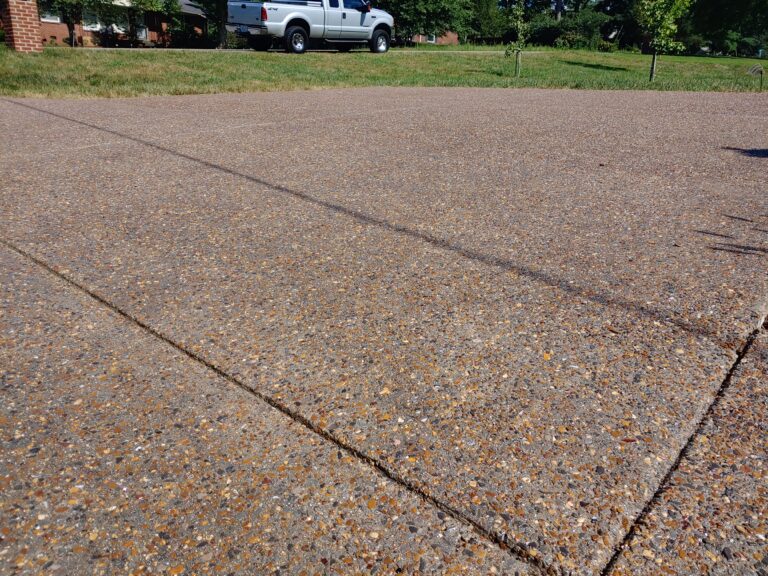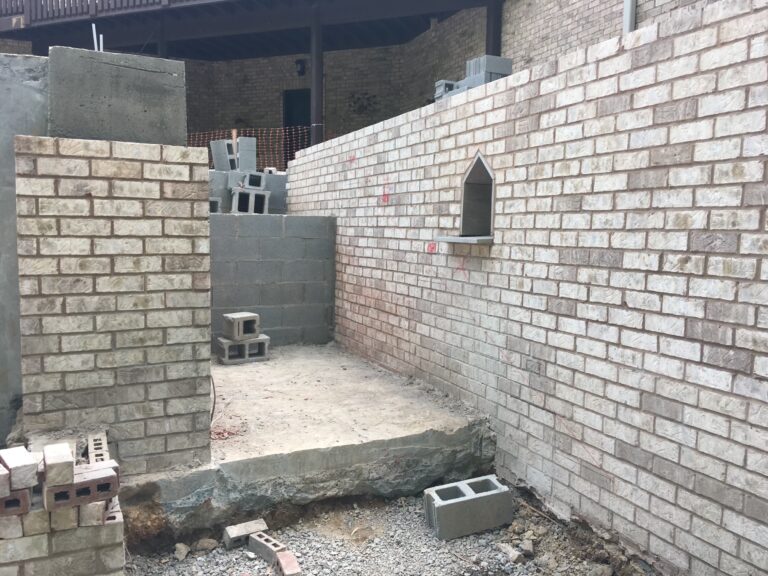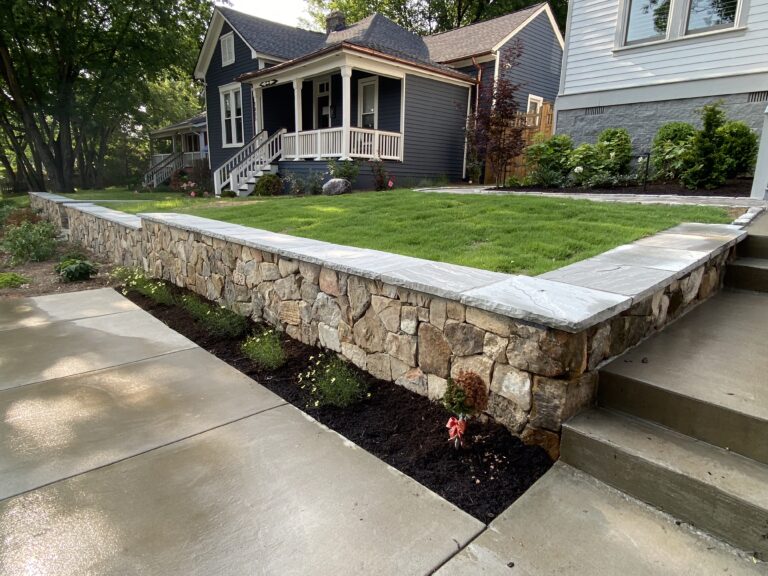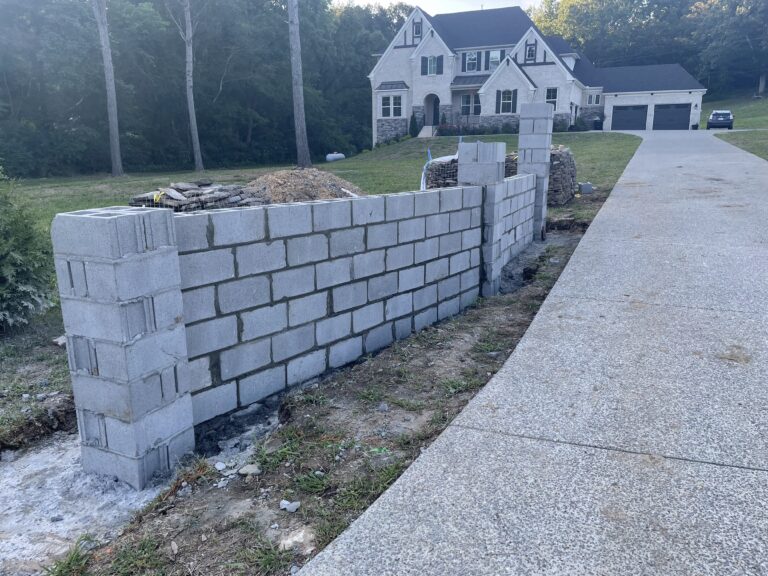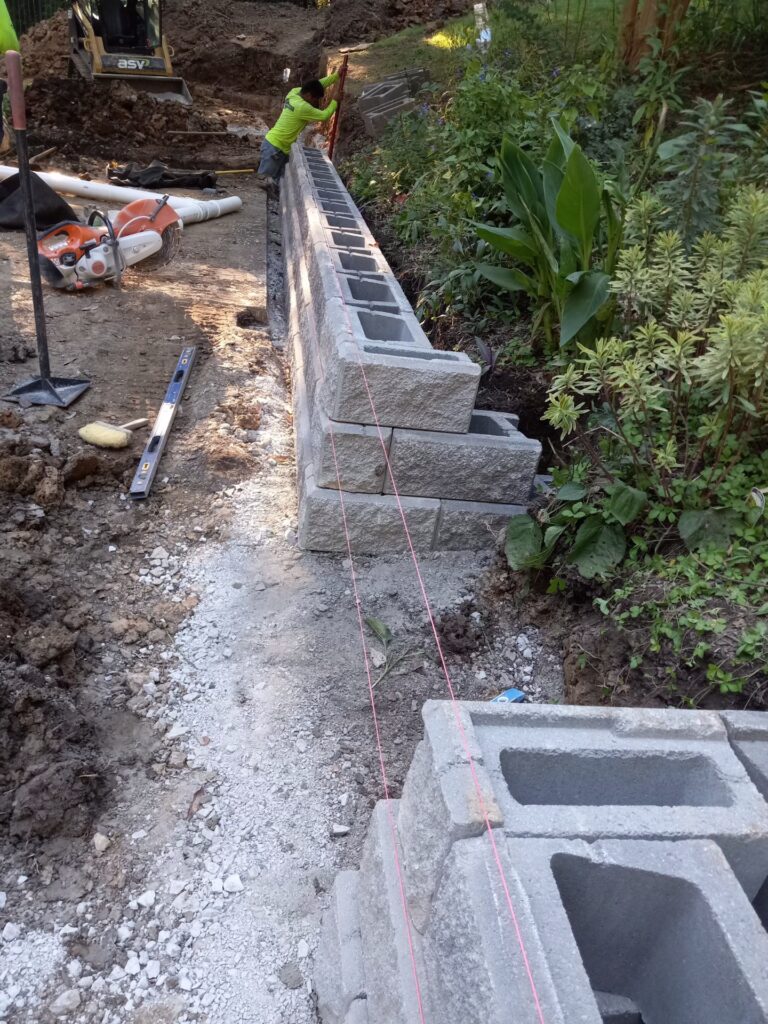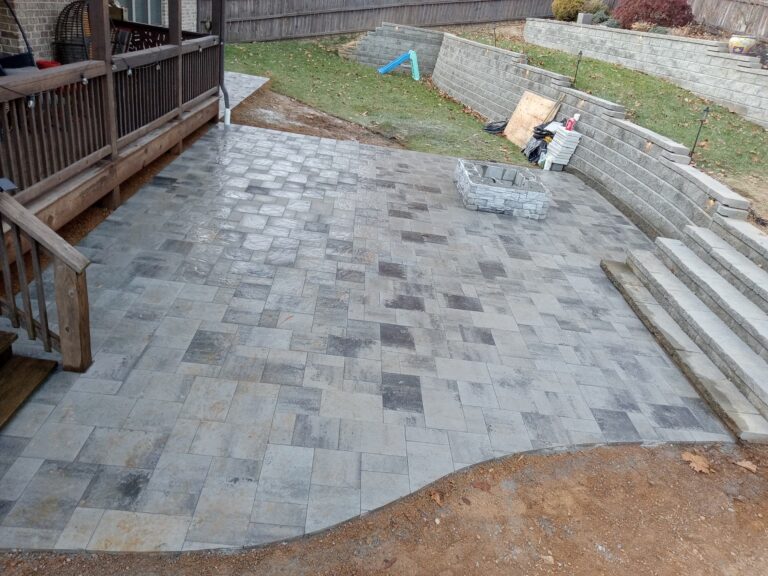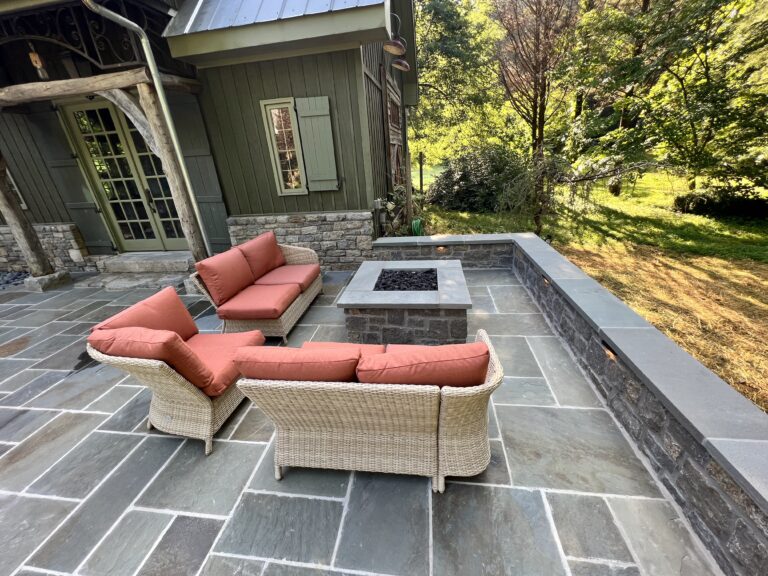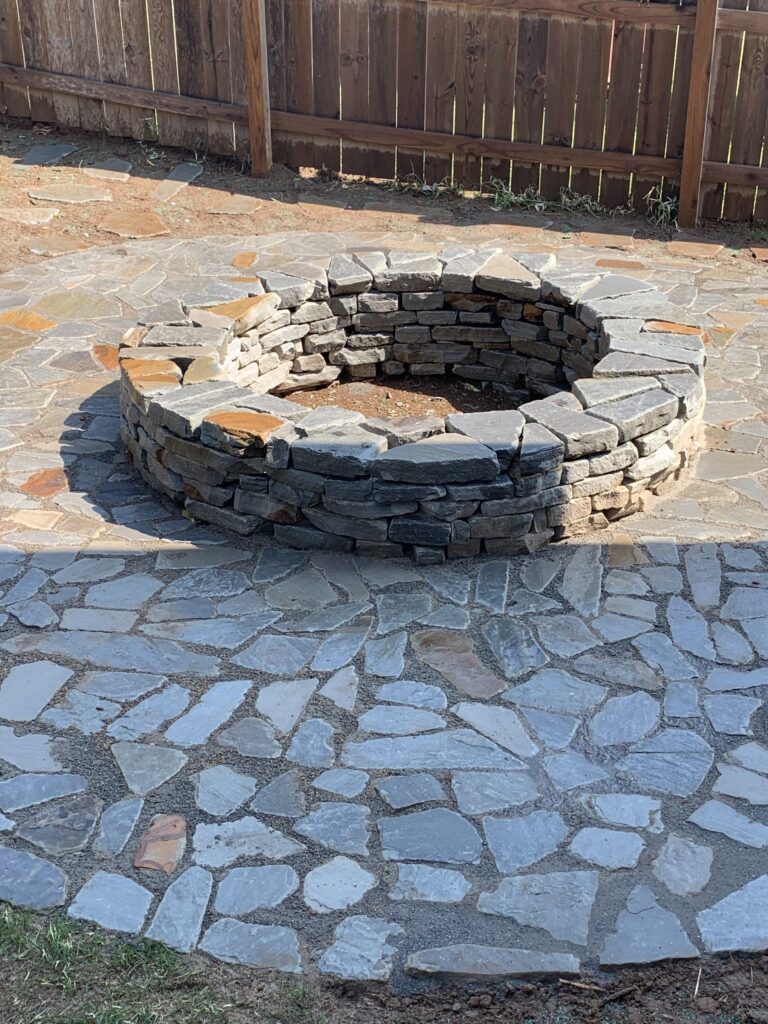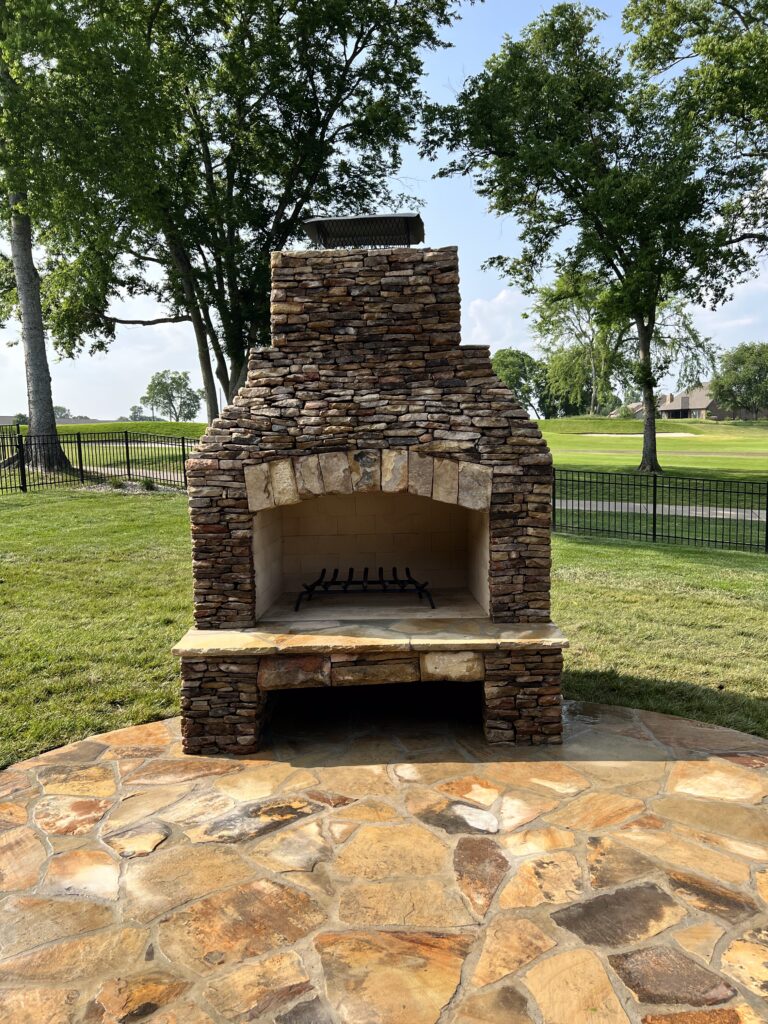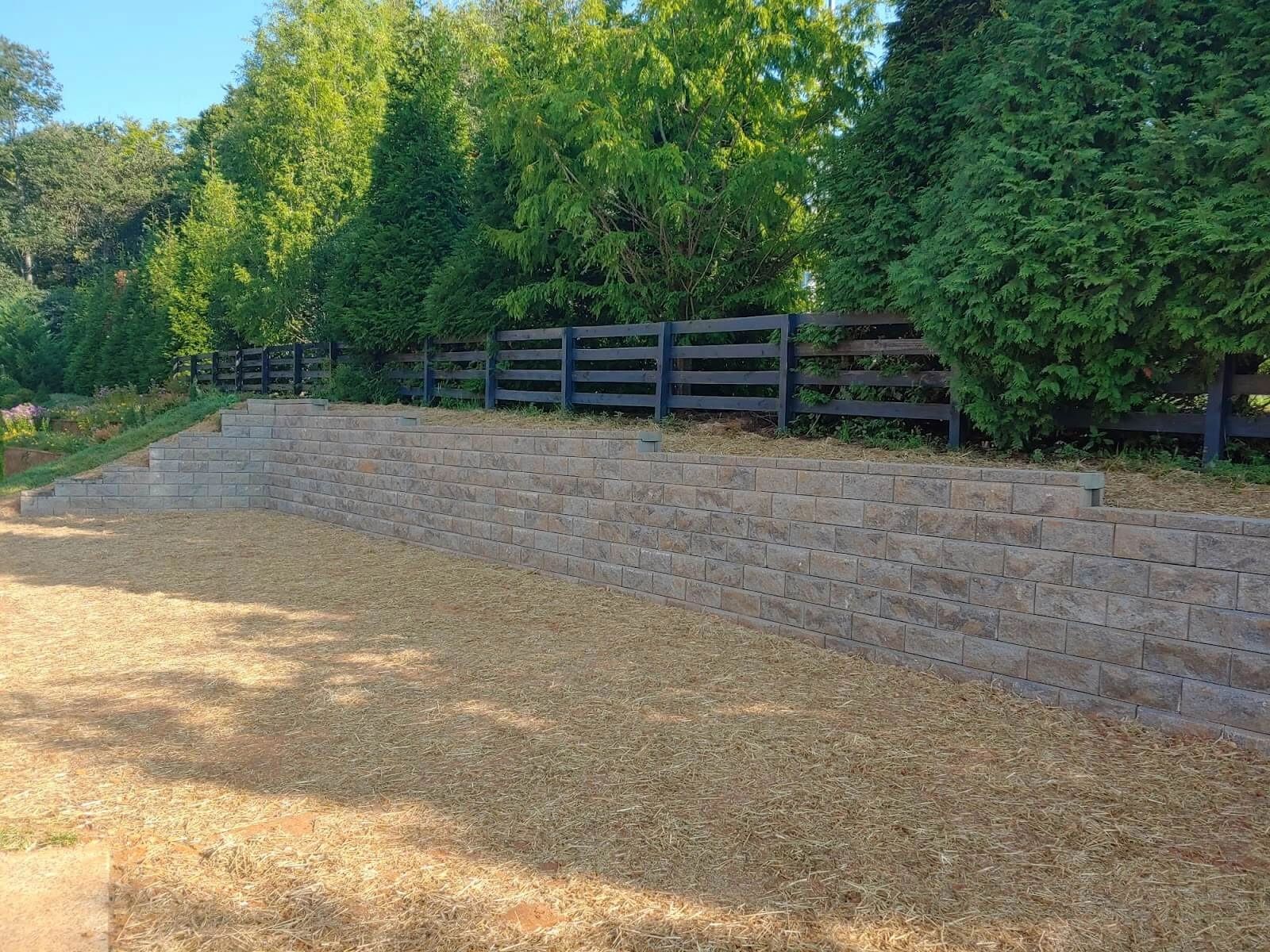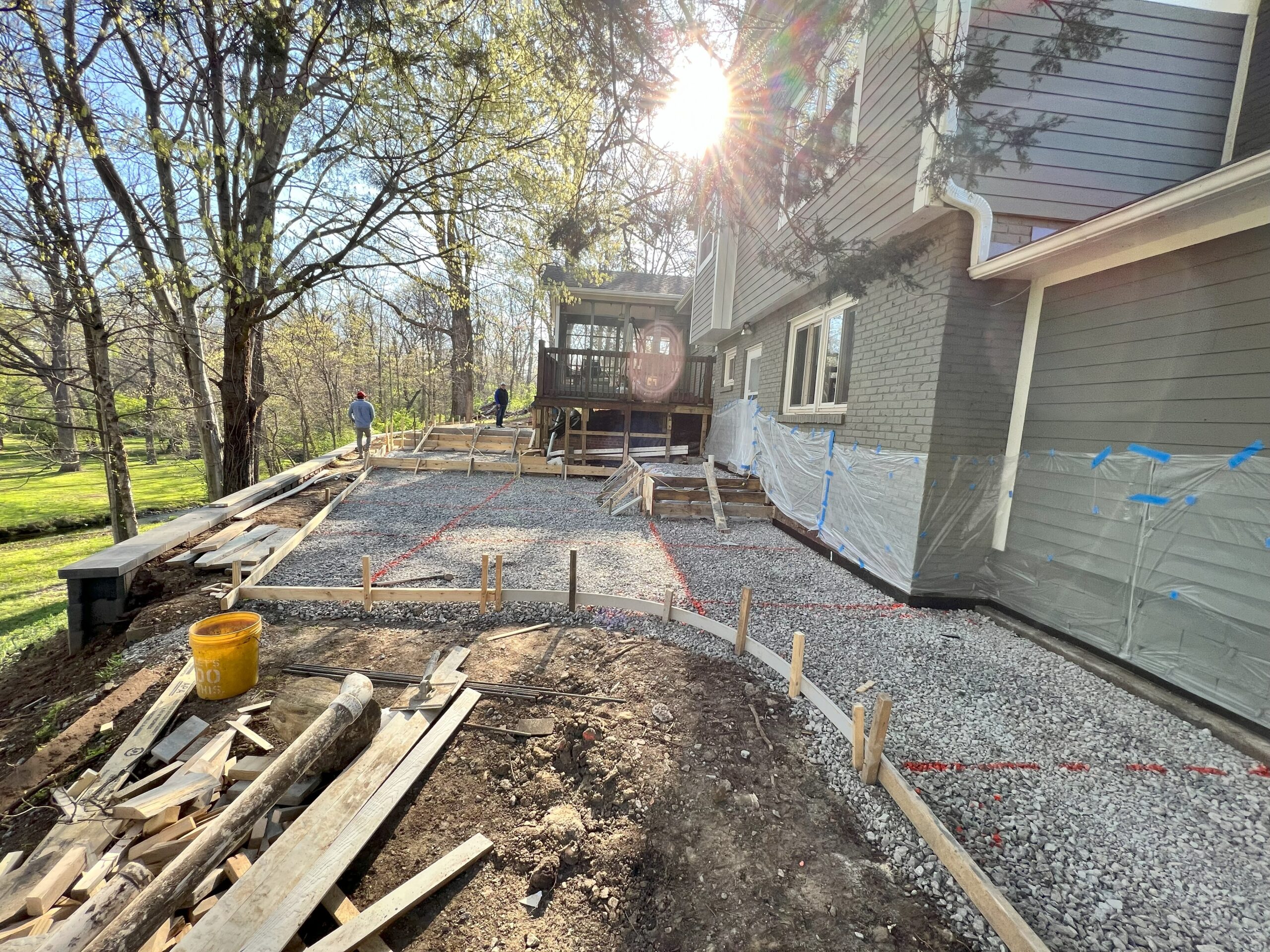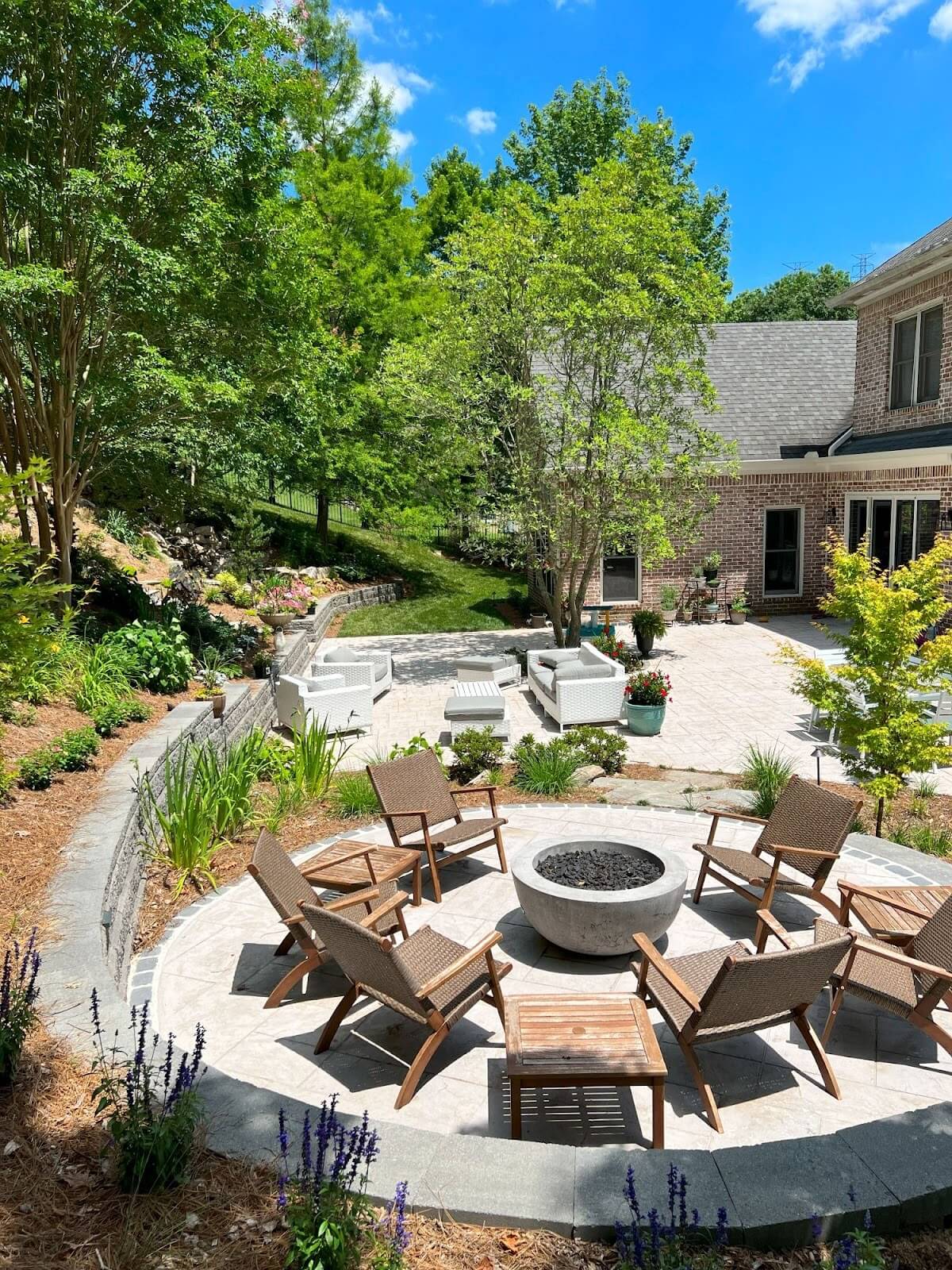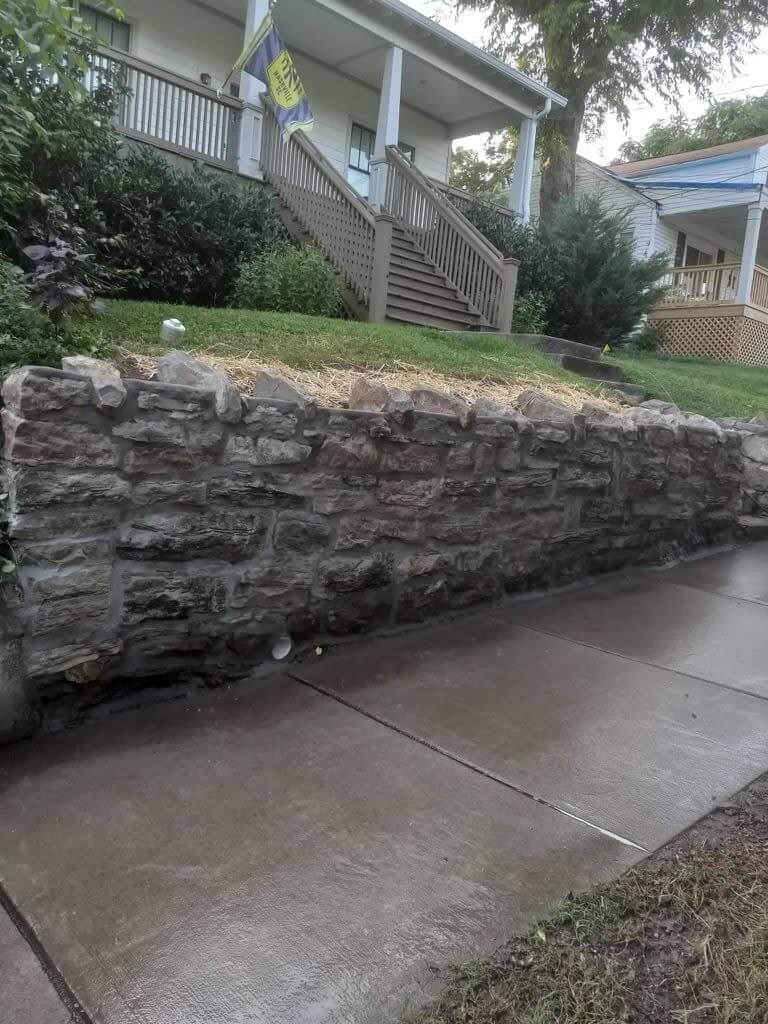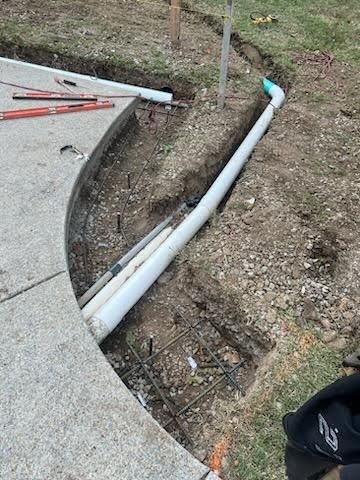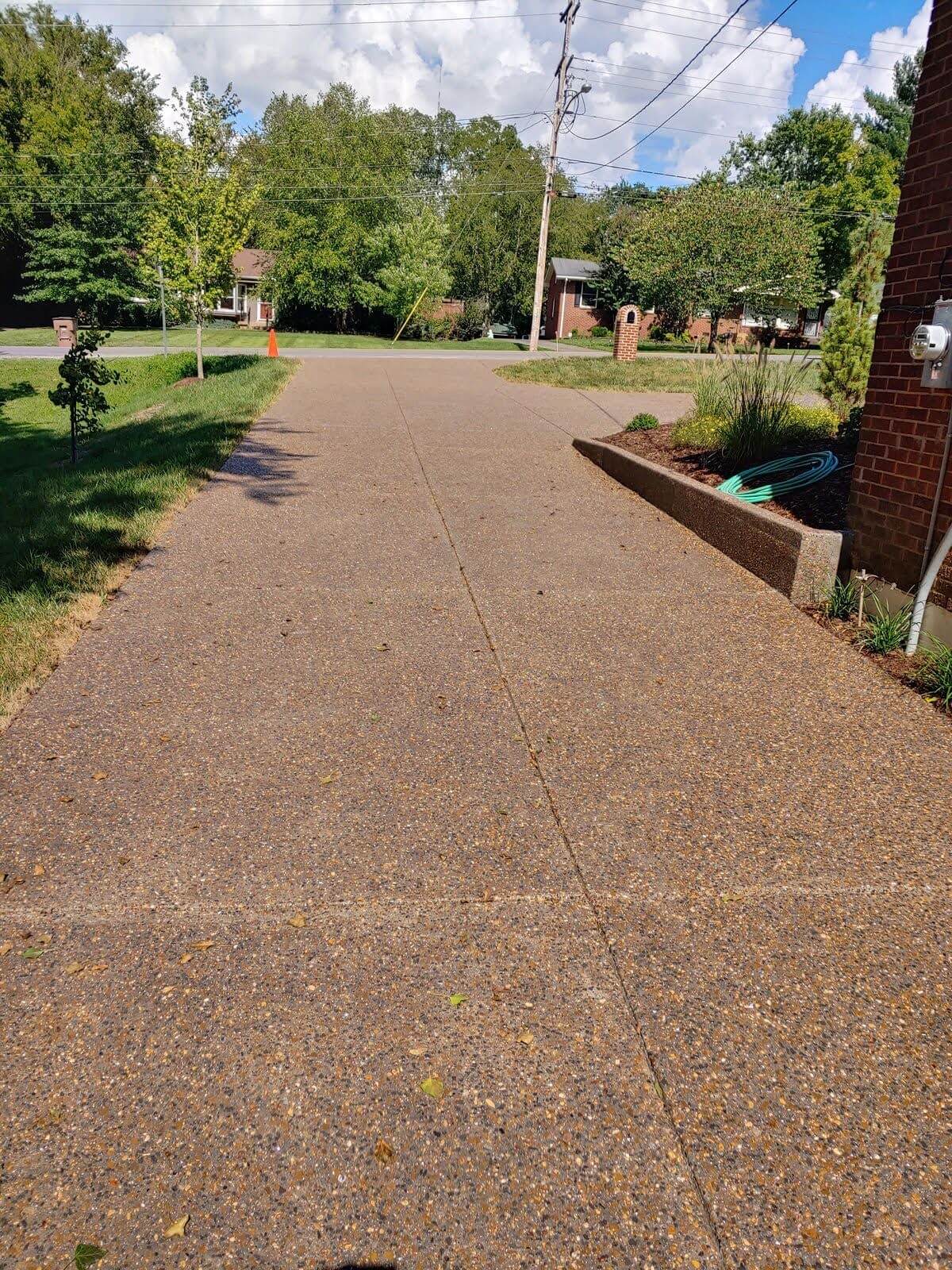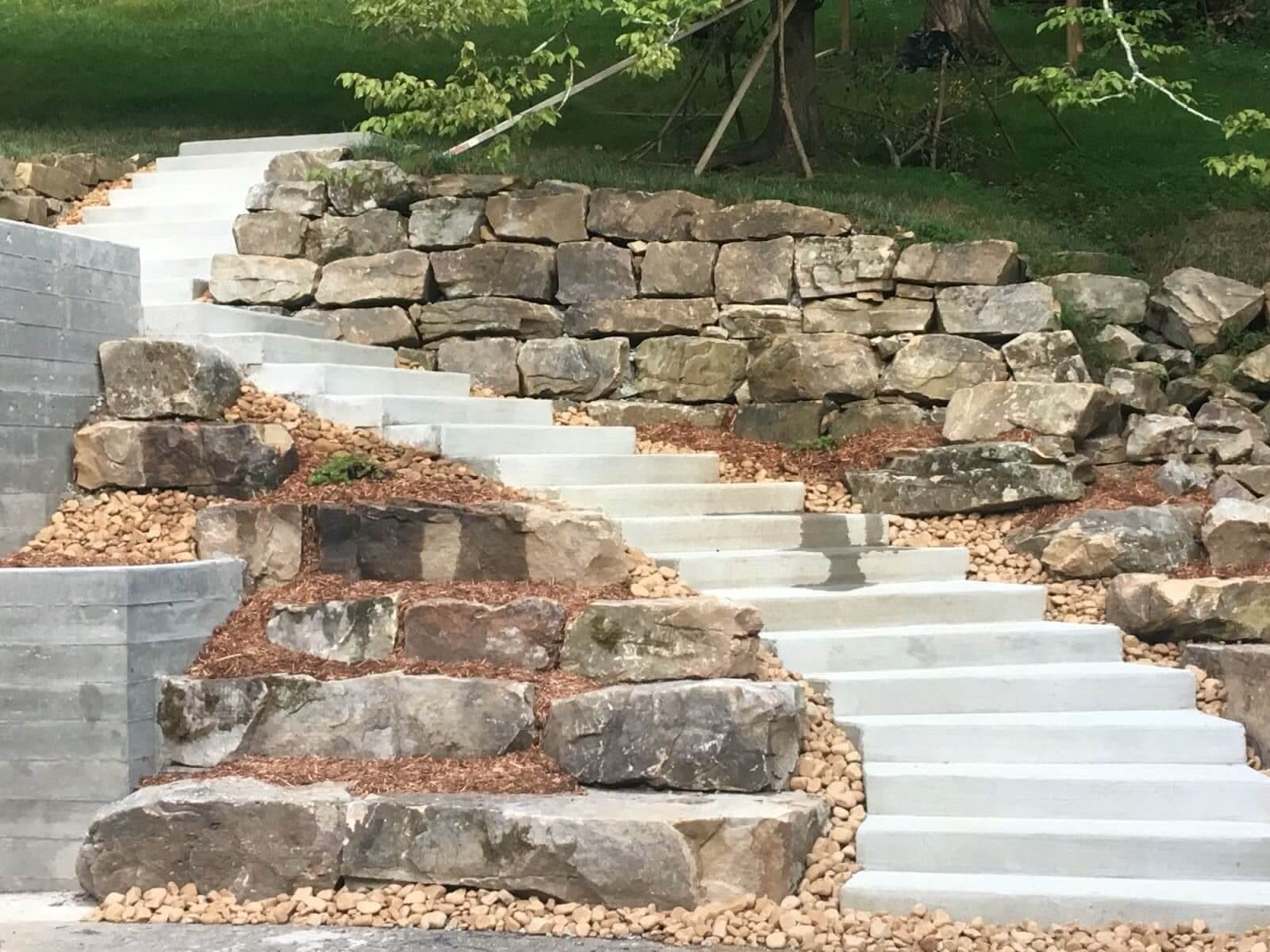Rain is an important element if you want a green lawn, blooming flowers, and sturdy trees. But the problem is you can’t control how much rain you get—if there’s a lot of it, the excess water that isn’t used by plant life needs somewhere to go. Without an escape route, excessive water can create standing pools that ruin your yard and pose a hazard.
Creating a structural change to your property may be required to provide sufficient removal of water if the natural topography isn’t great at that. Landscape drainage can be accomplished through many methods such as grading the ground, installing retaining walls, and putting in pipe-based drain systems. Typically, a combination of options is used for the best results.
What Is Yard Grading for Drainage?
Yard grading is the process of either creating a slope where the ground is naturally flat or changing the direction of an existing slope. A level surface doesn’t provide an angle for water to roll down or away, so the water instead sits where it lands. This is worse when the ground is already saturated with water after heavy rainfall or when snow melts towards the end of winter.
If an existing incline or decline heads in the wrong direction (meaning it’s encouraging water to move toward your foundation), you’ll want to try and reverse that. No matter the direction, a slope that is too steep can also lead to erosion where soil continues to wash away from where it should stay, meaning excessive grades should be made less drastic.
Water that pools on the grass or dirt can attract insects or microbes that could pose a danger. The increased water content in the soil may also damage grass or other plants. If near a structure like a foundation or shed, overly wet ground becomes unstable and may lead to integrity issues with the building.
Grading a property improves drainage by creating just enough of a slope for the water to move away from a spot. Ideally, the grading could lead to an appropriate area for the water to go, such as drainage ditch, a storm drain or pond.
“Work with skilled Nashville hardscaping and outdoor construction professionals who understand your vision and respect your schedule. Contact us for a free quote!”
How Do I Level My Yard for Better Drainage?
The process of grading begins with evaluating the existing angle. If you don’t know what your current grade is, it’s difficult to calculate and plan what needs to happen to fix the issue.
Once you determine whether you need to improve an existing slope or reverse it, you’ll have a better idea of what areas need to be built up with added dirt. The steepness of the slope can vary, and in general, it will need to be anywhere from a 2-5% grade. This means the height of the ground changes a certain number of feet over a certain distance—for example, if point A and point B are 100 feet apart and point A is 5 feet higher than point B, then it would yield a 5% grade.
This is measured by placing a stake at the top of the slope and another at the bottom, then running a string from the ground level of the top stake to the same height on the bottom stake – meaning the string should be exactly zero degrees if you held a level up to it. One of the benefits of having a contractor perform your grading is that they have the knowledge and experience behind them to swiftly assess what would be ideal for your needs.
As part of the property evaluation, there should be consideration of potential issues like underground pipes and utilities, difficult terrain, or shared property lines. While it is impossible to know exactly where every underground utility is, calling in a dig ticket will greatly reduce the risk of damaging these important lines.
Once it’s determined what sort of grade should be created and at what spot in the yard, work can begin. Dirt is moved to create the highest point of the slope where it’s best suited—usually near the home. This occurs through a combination of moving existing soil from one spot to another as well as purchasing additional soil to be deposited in the right area. Depending on the size of the property and the degree of the grading, heavy machinery may be necessary to safely and effectively do the work. You don’t want to spend days or weeks shoveling by hand and moving wheelbarrow after wheelbarrow.
A key point is to reassess as you go—don’t wait until you’re done to check the measurements and ensure the slope is coming out as you intended. It’s better to catch errors or change your plans sooner rather than later.
Once the grading is done, topsoil and grass seed may be necessary to reset the appearance of the disrupted ground. When budgeting for your project, be sure to include this step in your planning. Then you’ll monitor the results after the first few rainfalls to help determine whether your project was a success.
Is Grading My Yard Enough to Fix Drainage?
Grading for landscaping drainage can be supplemental to other methods; in some cases it will not accomplish the needed fix by itself. Water management is a complicated issue on most properties, hence a multi-pronged approach is preferred.
There are a number of landscape drainage solutions that can be paired with grading your yard.
A retaining wall is a great option to add in areas where there is steeper sloping. This is a wall built with brick or concrete to create an artificial barrier at the edge of the ground to prevent soil from washing away. As water rolls downhill, it will carry dirt with it, leading to the ground washing away over time. The retaining wall prevents that from happening and is built to withstand the pressure the ground behind it provides.
If there isn’t a natural area for the grading to direct water to for dispersal, such as a pond or storm drain, then a French drain can be added. This is a pipe laid beneath the ground that redirects water absorbed into the soil and encourages it to go elsewhere. A trench must be dug and the pipe must be laid at an appropriate angle to prevent a backup of water.
More often than not, retaining walls and French drains are combined for greater effectiveness. By adding both of these to your land grading, you have a strong combination of solutions to prevent excess water buildup on your property. This also increases the value of your property, giving you a great return on investment as well as protecting your home from potential issues.
For the best results, partnering with a contracting expert like Greenway of Nashville is a critical choice. Choosing someone who has extensive experience with implementing yard drainage solutions in a variety of situations will help you select the best option for your property without the stress of learning a new trade. Every home and situation is different—it’s important to consider all angles of an extensive landscaping project to account for variables and prevent expensive errors.
Whether you’re looking to add a drainage solution to your home, build a new patio, or improve a driveway, Greenway of Nashville has the people and tools to get your job done right. Request a free quote with a guaranteed rate by reaching out through our website or by calling us at (615)-238-4574.
Read more content related to:
- What is a French Drain?
- The Benefits of a Retaining Wall for Your Property
